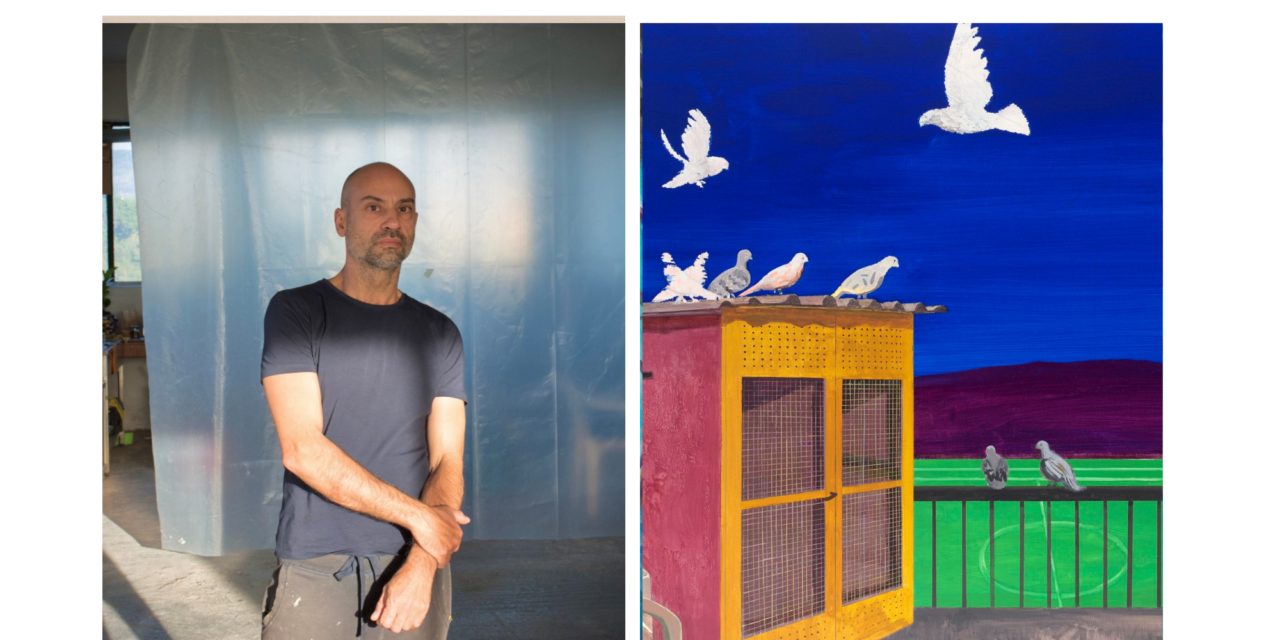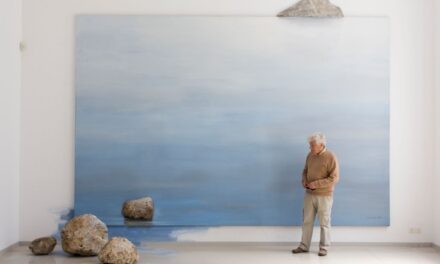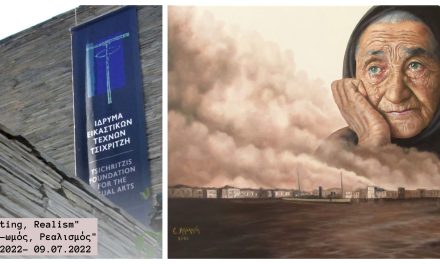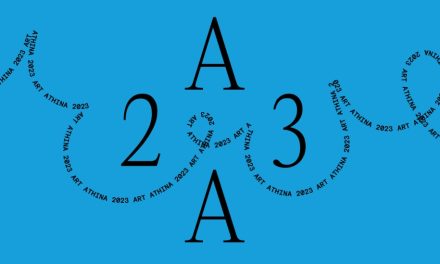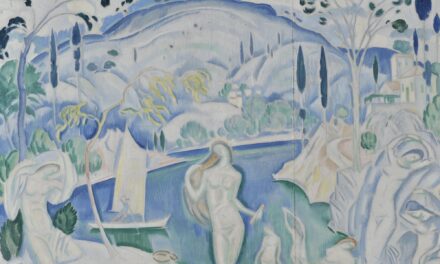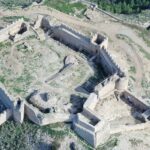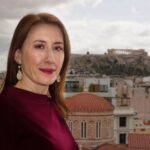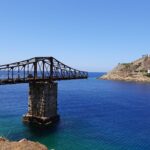Capturing impressions, emotions, thoughts, and dreams on his canvas, painter Antonis Staveris, invites us to delve into his visual world. As he navigates through familiar urban landscapes, ancient ruins, and people indulging in moments of quiet reflection, he fearlessly explores the realms of color and form with a sense of spontaneity that reflects his own emotions. Through his vibrant color palette, he creates dynamic compositions that unveil the essence of the moment of creation.
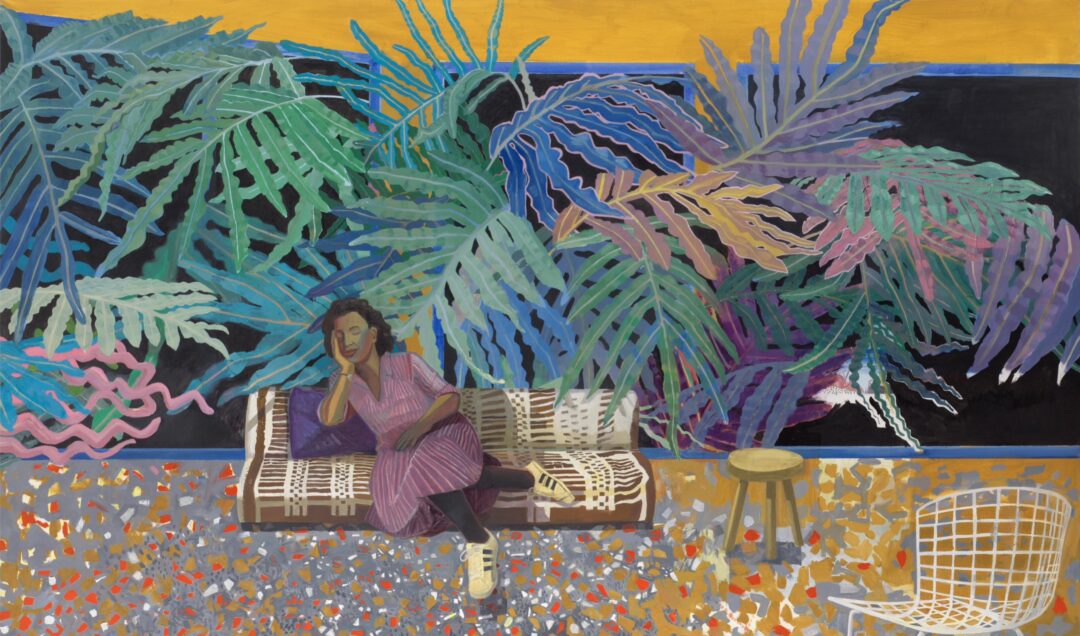
Antonis Staveris was born in Athens in 1973. He studied at the Athens School of Fine Arts (1992-1998) under Dimitris Mytaras. As an Erasmus student, he studied at the Ecole Nationale Superieure des Beaux-Arts in Paris under V. Velickovic and in 2010 he was awarded the Athens Academy Prize for a young painter. Between 2010-2012, he lived in Paris. So far, he has presented eight solo exhibitions and has participated in numerous group exhibitions. He lives and works in Athens and Berlin.
Antonis Staveris spoke to Greek News Agenda* about his latest exhibition In Between at Skoufa Gallery, his depictions of everyday life and what lies beneath the surface.
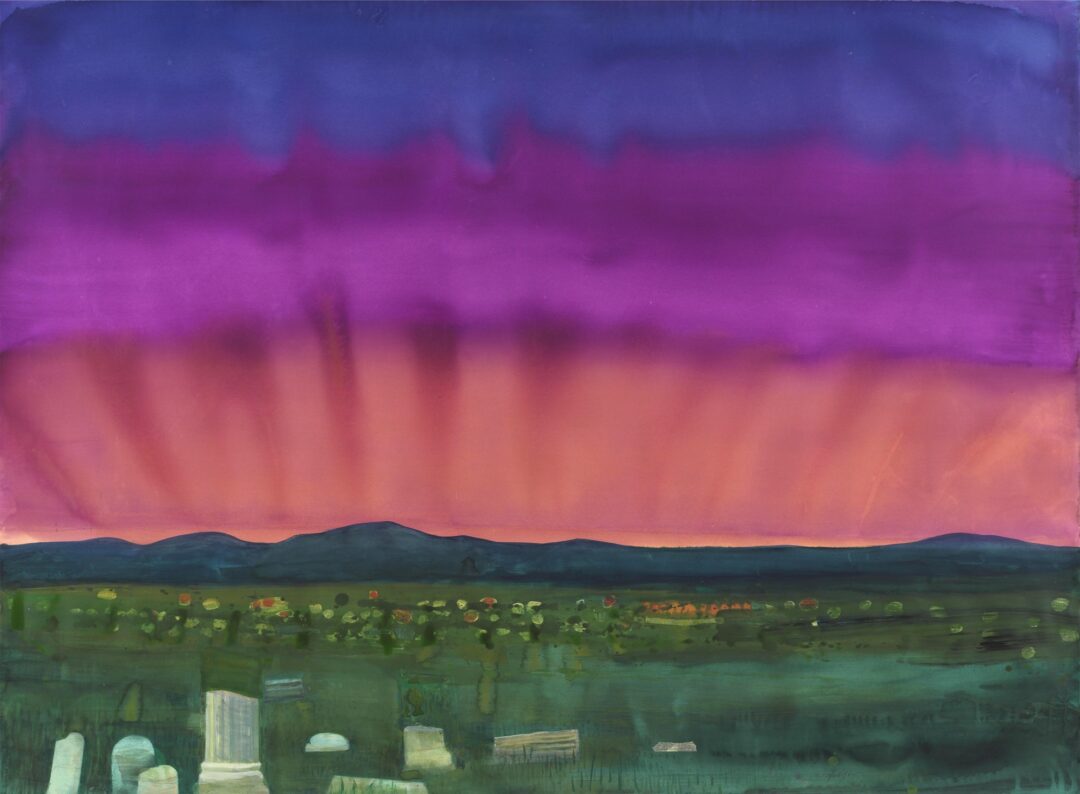
What does the title of your ongoing exhibition, In between, imply?
The title In between alludes to the different worlds that exist within my artworks, produced in different places, such as Berlin and Athens. However, they are somehow connected through personal observation of interiors, familiar faces, and elements of everyday life.
What is it that fascinates and inspires you in the urban landscape and everyday life? Where does the individual stand in this context?
I think it is easiest to deal with something you know well. I grew up in Athens, so the urban landscape is familiar to me. It’s been my subject matter many times. Many of the paintings also depict nocturnal landscapes. I have always been fascinated by the way the monuments are illuminated, and how the city looks from the surrounding hills. Athens is a multifaceted city in constant change. I approach it as a whole, from antiquity to the present day. In a way, this is what makes it so special. This is the idea behind my landscapes.
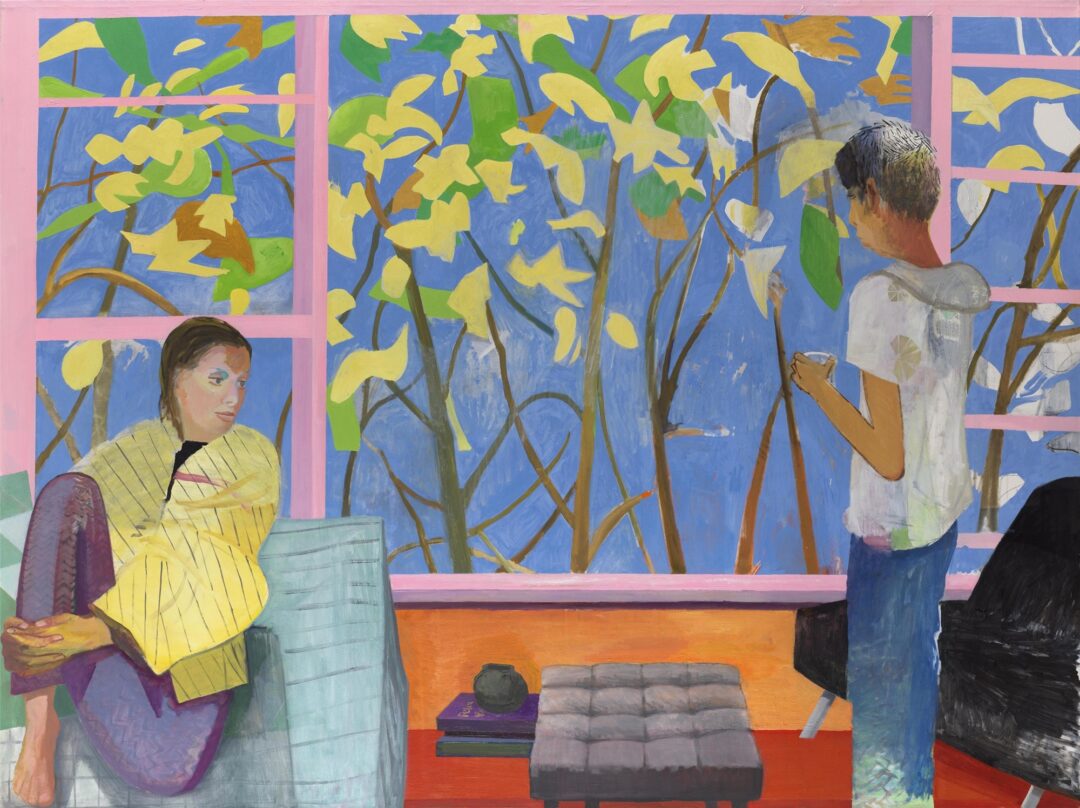
How come plants have such a prominent role in your art?
I started collecting plants very early on. I soon realized that they are a very interesting subject matter. So I did my first exhibition on plants in 2010. Since then plants have been present in my works even when they do not dominate the compositions, sometimes repeating themselves as a rhythm or because they happen to be among ruins, in the courtyards of houses and in the studio.
We often observe ancient ruins in your paintings. What role does the past play in your work?
The Greek landscape has a deep memory. The villages, the ancient ruins, and the mountains hold small and big stories that they ask to be told. In Greece, this diverse country, the past exists among us. It is in dialogue with the present and affects the way we see the past.
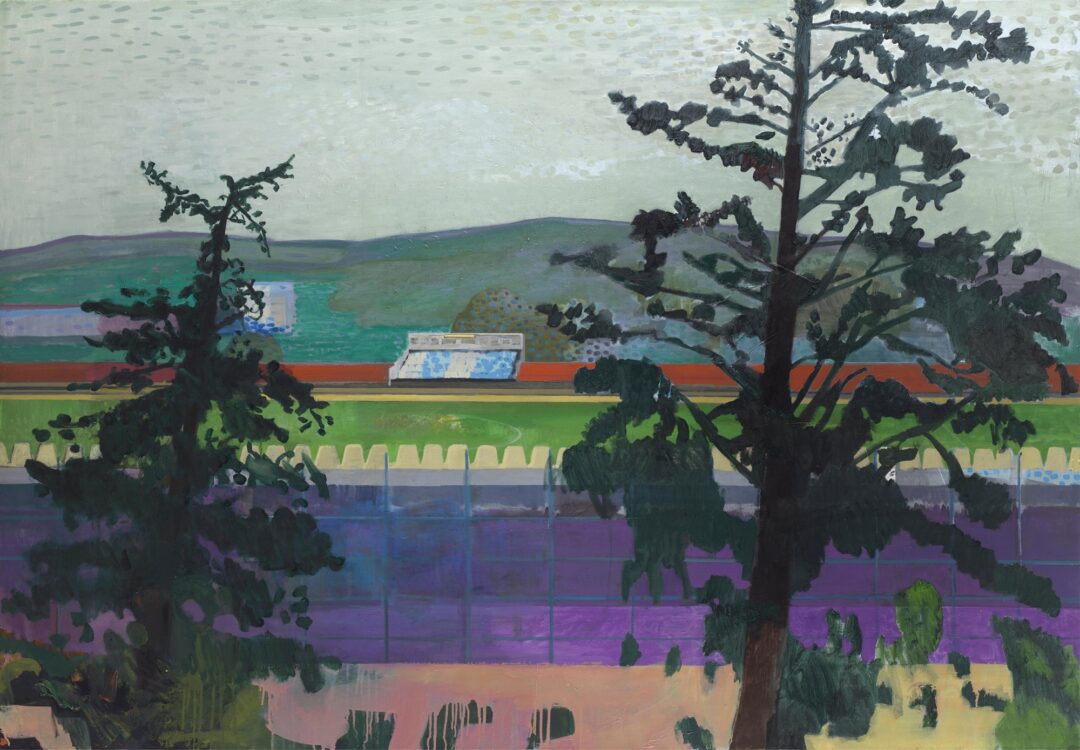
You have worked in Athens, Paris and Berlin. To what extent have these cities influenced you as an artist?
A young artist needs to be able to get to know the work of other artists from other countries, to understand their background, their influences, and how they achieved their goals. That’s something you can’t do online. Creative research creates the context through which you can approach your work from a different perspective. It is also very important to be able to expose your art to different audiences.
In 2010 I did a residency in Paris. I met a lot of artists who, in a way, influenced my art. Since then I have lived for long periods in Berlin, a city that is also constantly changing and also a great place to concentrate and create.
How do you perceive the role of art in contemporary society?
The need to make art is deep, and present even in ancient cultures. It exists because the artist feels that he or she is living a unique experience and wants to share it with others. The enthusiasm for things in the artist’s gaze, that’s what the others need.
* Interview by Dora Trogadi
Ιntro Photos: Left: the artist, Right: Untitled
TAGS: ARTS

